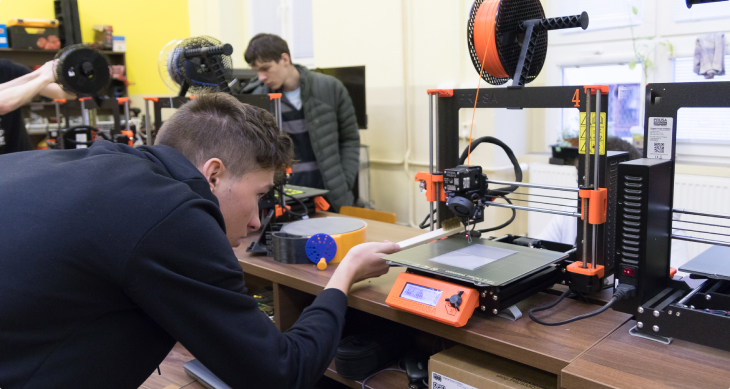Classroom
The classroom must meet the basic technical parameters like the number of power sockets, PC/laptops, etc. In a classroom with 3D printers, it is necessary to get the technical equipment right: A sufficient number of power sockets and the associated power supply to the 3D printers are essential. For each 3D printer, we recommend 2 sockets. The primary one is for the 3D printer, another one is for possible upgrades such as the Prusa Enclosure. We recommend at least 200 W as reserved power for the printer. The average power consumption is 80 W at 26 °C/79 °F (room temperature) for printing generic PLA. Place printers on sturdy tables to ensure sufficient stability during printing.
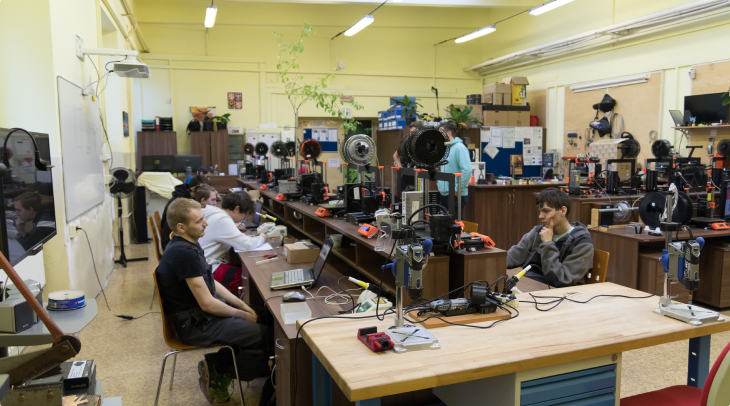
Technical supervision
Up to 10 printers can all be handled by one person. However, we strongly recommend when setting up a classroom to allocate 2-3 members of the teaching staff who will be able to handle and also service the 3D printers. If you’re struggling with a problem of any kind, in most cases you can find the answer in our knowledge base or reach out to our 3D printing community on Prusa Forum. You can also check our online Prusa Academy courses for beginner users.
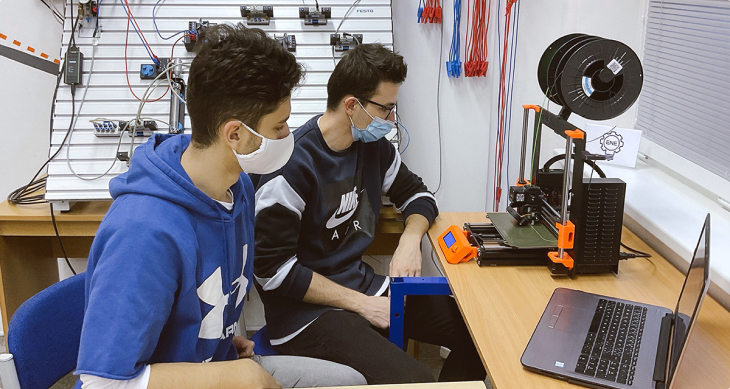
3D printers
The Original Prusa MK3S+ and Original Prusa MINI+ 3D printers are highly reliable machines and according to professional reviews are among the absolute TOP in the field of FFF printers. The MINI+’s advantages include a lower price and compact size, but on the other hand, it has a smaller print area than the MK3S+. You can read more about the various aspects of choosing the right printer model in our article How to choose a 3D printer.
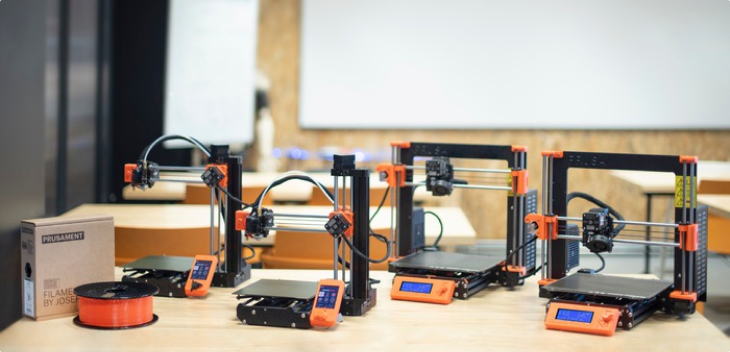
Print materials
The choice of filament materials is very important at the beginning. The most suitable filaments for school are the basic ones. We recommend using PLA and PETG materials. For other specific applications, ASA, FLEX, PC, PCCF or PA materials may be suitable. However, we would not use these materials – at least initially. More advanced materials provide better functional properties (toughness, temperature resistance, etc.), but require 3D printing skills, are more expensive, and/or smell when printed.
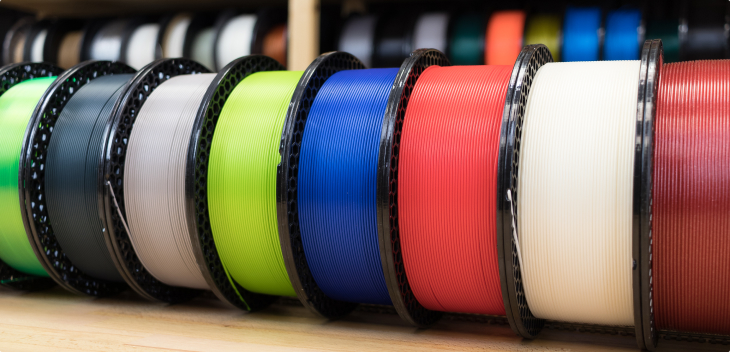
Software and getting 3D models and projects
To use 3D printers, it is necessary to have 3D models and then process them for 3D printing. You can get models and projects from the Printables database or model them yourself. If you are new to 3D modeling, we recommend that you start with Tinkercad and once you have gained basic experience, you can move on to the more complex Autodesk Fusion 360. Both of these applications are free to use.
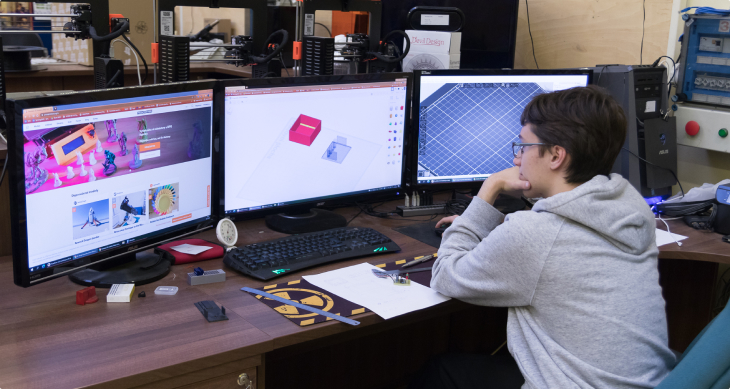
Recommended accessories
When using a 3D printer, it is important to have other accessories that will make it easier to work with. Cleaning supplies should be an integral part of the classroom. We recommend purchasing isopropyl alcohol (IPA), preferably at a concentration of 90 % or higher, to properly clean the heatbed before any 3D printing. If you want to lower the cost, purchase a 5L canister and then dispense the IPA into a spray bottle. To clean the heatbed, kitchen towels or paper towels will be enough. For cleaning, we do not recommend using cleaning agents with aromatic additives, which can make the heatbed greasy.
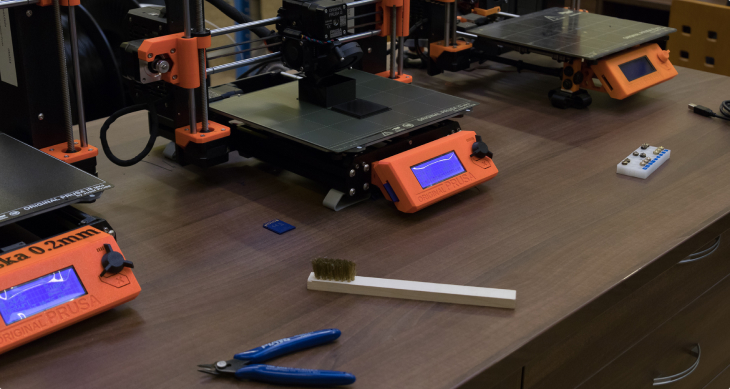
Maintenance and operating costs
Our printers are considered very reliable, and thanks to their open design, you can usually tell at first glance or listen where the error has occurred, and in the vast majority of cases you can handle it yourself. You can also contact our support at any time with any questions.
However, printers require regular maintenance in the form of lubrication of bearings, maintenance of cleanliness and replacement of consumable parts, such as printing plates, nozzle on the extruder, etc. You can find more information on printer maintenance in the Prusa Academy course under Maintenance Basics and Troubleshooting.
In normal use of the 3D printer, the consumption is approximately 1-2 Kg of filament per month. Such a calculation is not universal for all institutions, but it can be generally followed.
